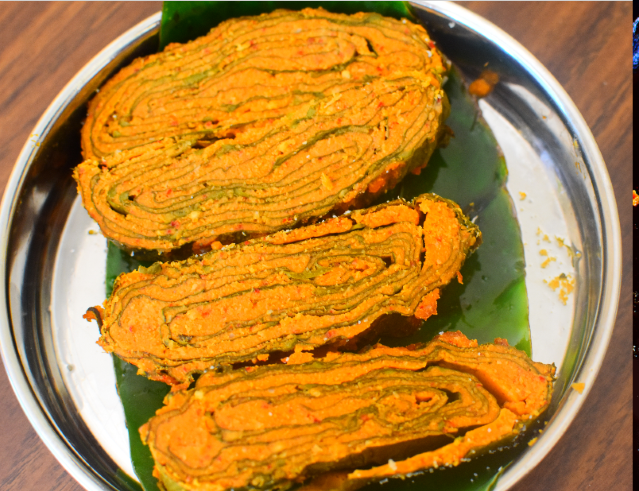I remember those days back in my hometown when our backyard would be filled with taro leaves and we called it pathrode season during monsoon. I liked the shallow fried pathrode more than just the steamed ones.. Now? Give me anything… I will pour a generous amount of coconut oil on hot steamy pathrado or shallow fried… In no time… #Swaaaahaaa(●’◡’●)
The first time i prepared these with the store brought colocasia leaves/Taro leaves in The USA… it was a nightmare! It seemed very easy to prepare.Everything was done perfectly till we took a bite of it and as we swallowed we knew something wasn’t right! The itch kich in the throat!
Immediately I took all the pathrode pieces and shallow fried with coconut oil. This helped alot in removing the itch to a great extent! Then I ate a piece of tamarind to ease the itching in my throat. Thats exactly what we did during our childhood 😉
Whenever we had our tounge itching from eating pathrode.. we were told its because we have lied about something! The more we have lied.. more will be the itch. I was very sure that these sayings are not true! Because I never lie and I had itch 🙄😁 The logic behind the itch is the fiberous part of the taro leaf that creates itch when its eaten! Never ever eat raw taro leaves.. And choose the most tender leaf that have tender veins. that are just opened. That will be the best to prepare any dish you like pathrode,alvatti,vadi… and avoid getting itchy.
Here is the step by step pictorial recipe to make authentic Pathrode/Pathrado konkani Style…
Authentic Pathrado Recipe konkani Style
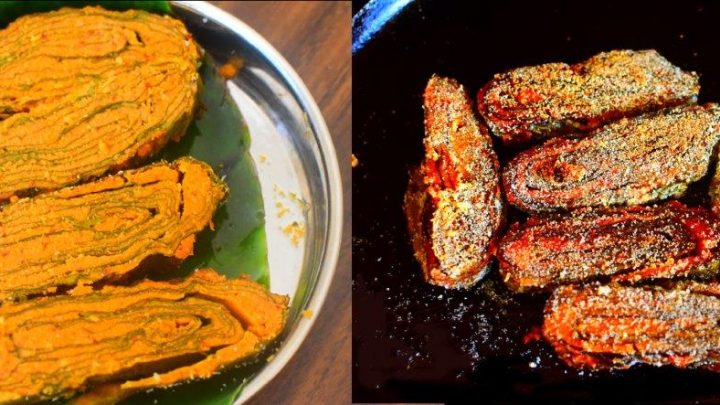
Pathrado is prepared using Colocasia leaves usually grown in the garden during Monsoon. Few of these leaves are very very itchy. So we must be very careful while picking the leaves. It is said that the most tender leaves are not itchy compared to those which are mature. See all the details on how to avoid itch while enjoying pathrode in my written post.
Ingredients
- 5 colocasia leaves
- Coconut Oil
- Salt
To Make Masala:
- 3/4 cup fresh/frozen coconut
- 1/4 cup Toor Dal
- 1 Tbsp Rice
- 1 tsp coriander seeds
- little jaggery
- 4-5 red chilies
- 1/2 tsp tamarind
- A pinch asafoetida
Instructions
Soak Toor dal + 1 Tbsp rice in water for about half an hour.
To make masala: Take all the ingredients mentioned with soaked dal+rice and grind into a smooth paste without adding water or use very little water.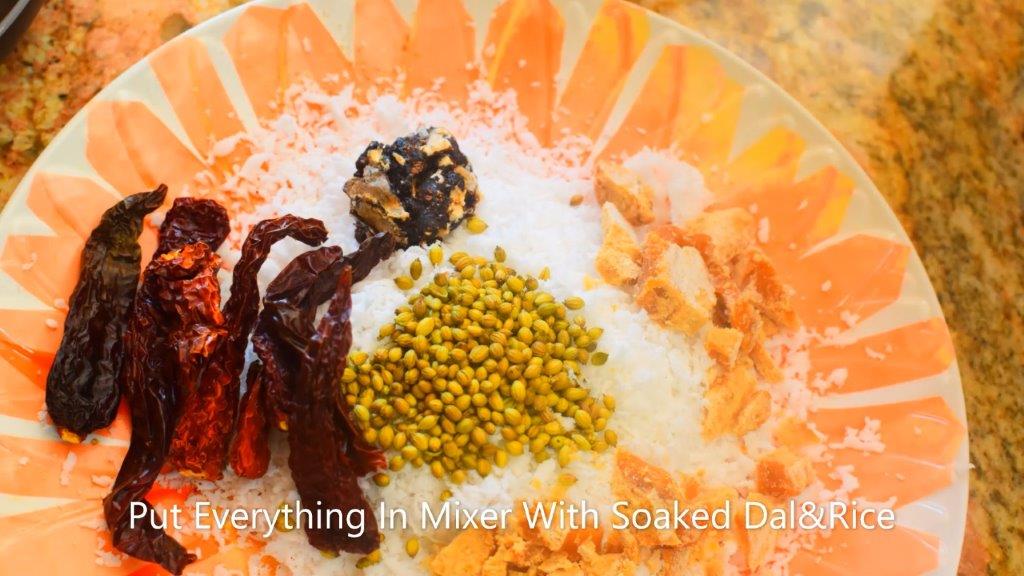
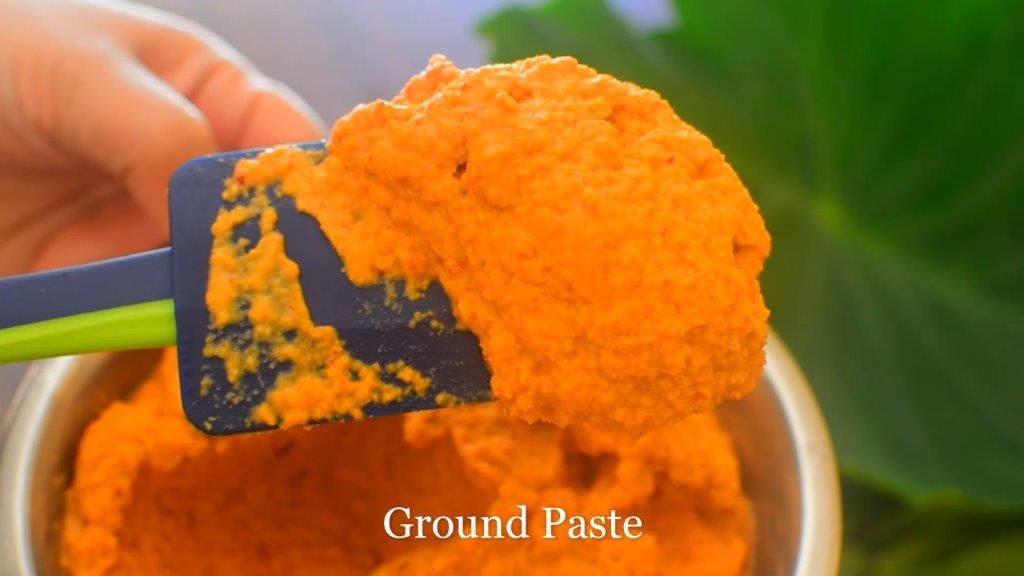
Now take some fresh Taro leaves. Wash them thoroughly.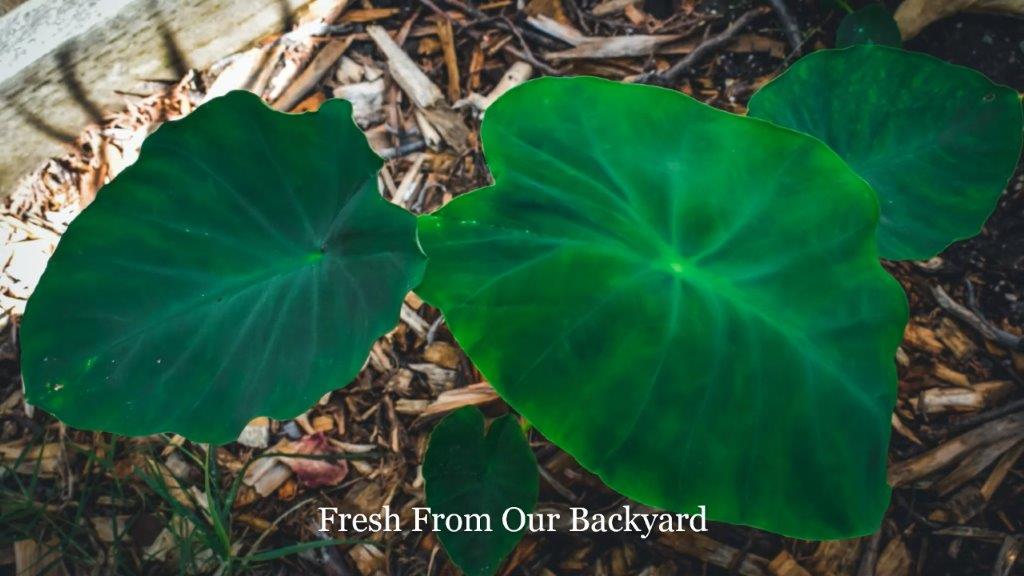
Cut the ends of the leaves and slightly crush the veins of the leaves with the help of a stone. This helps to keep the leaves flat while spreading masala on it.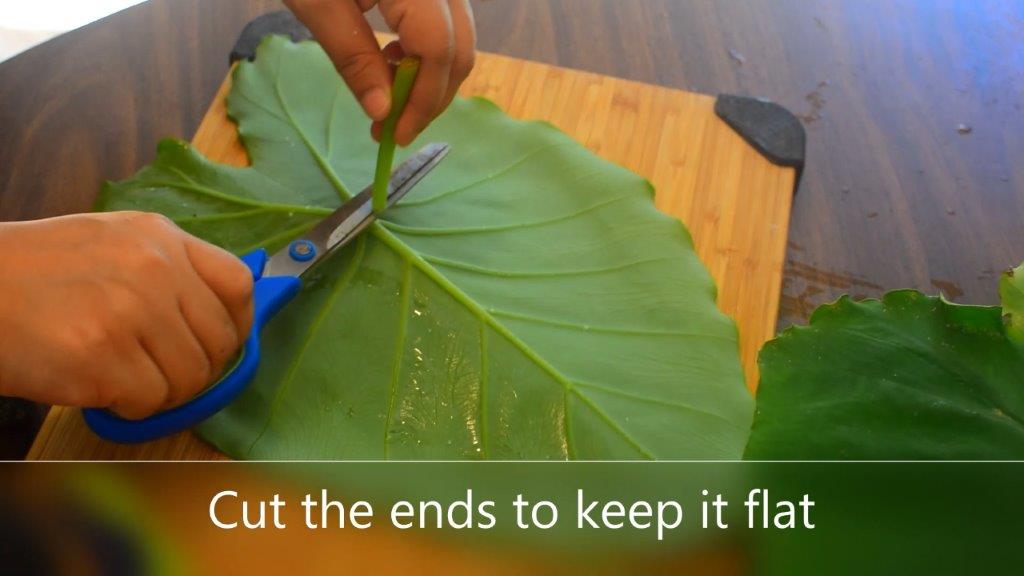
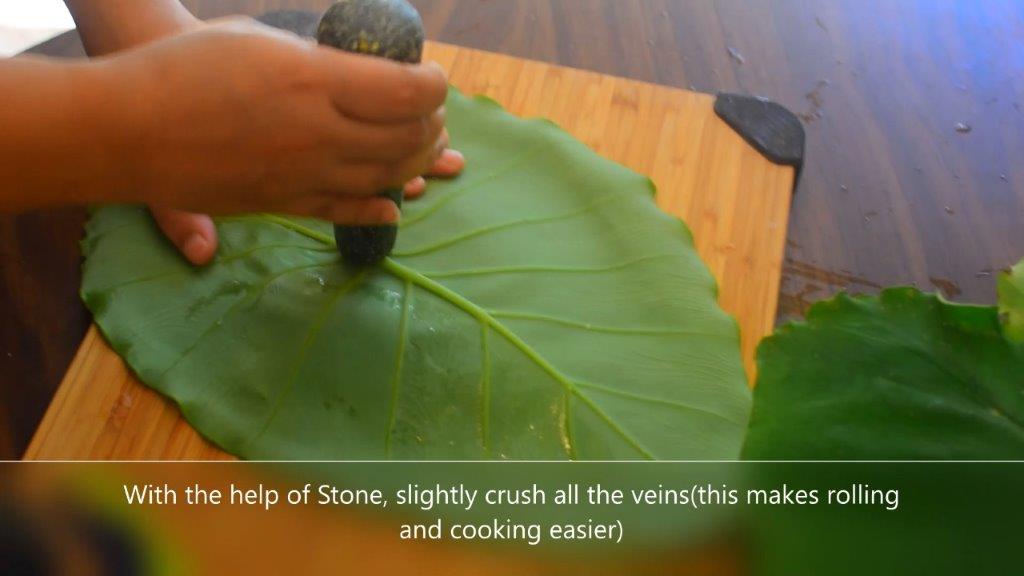
Now take some thick masala and start applying on the leaf as shown. Always spread the masala on the backside of the leaf laying the frontside flat on a table or board.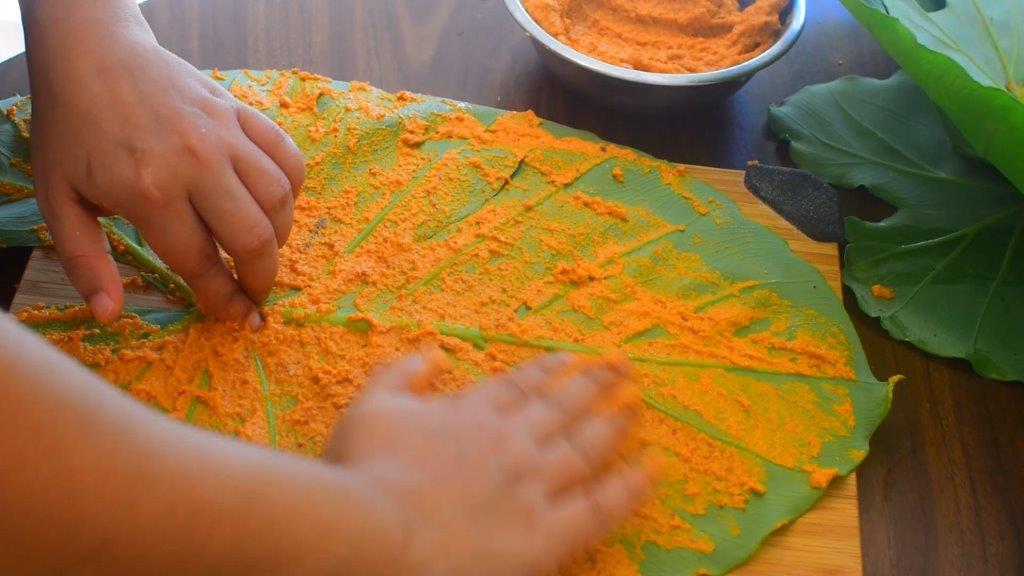
Keep another leaf on the first leaf.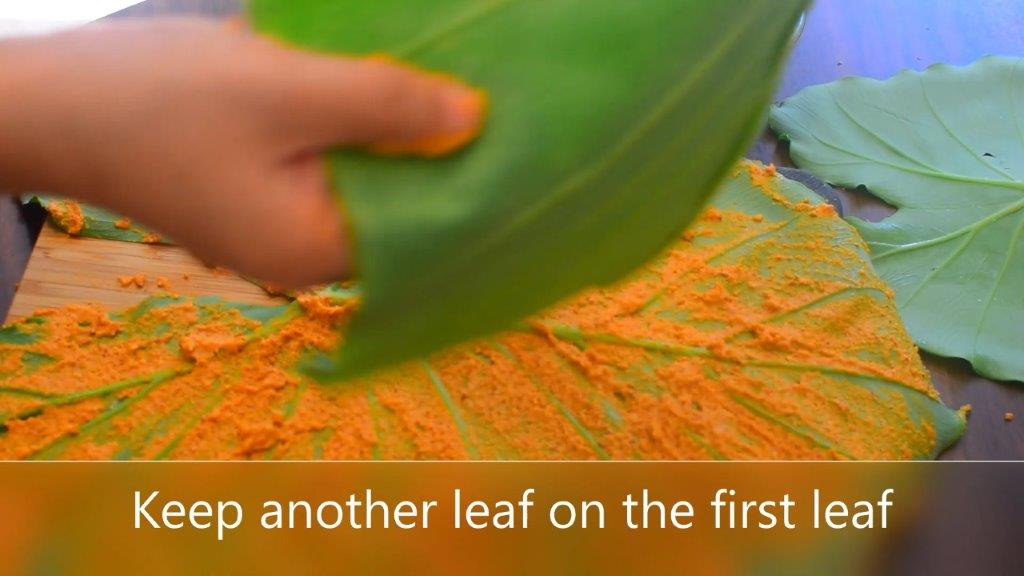
Coat with masala paste. Repeat till all the leaves are coated nicely one over the other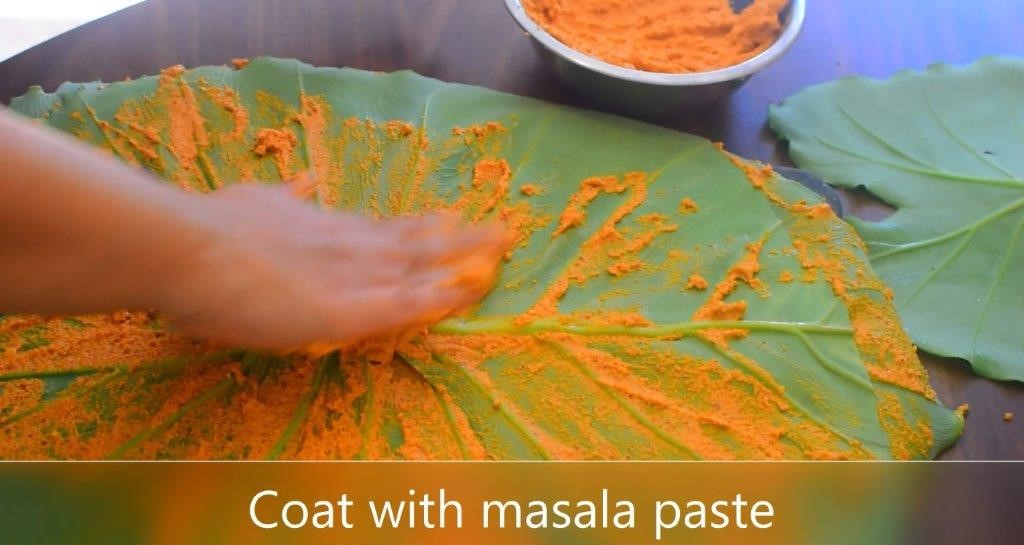
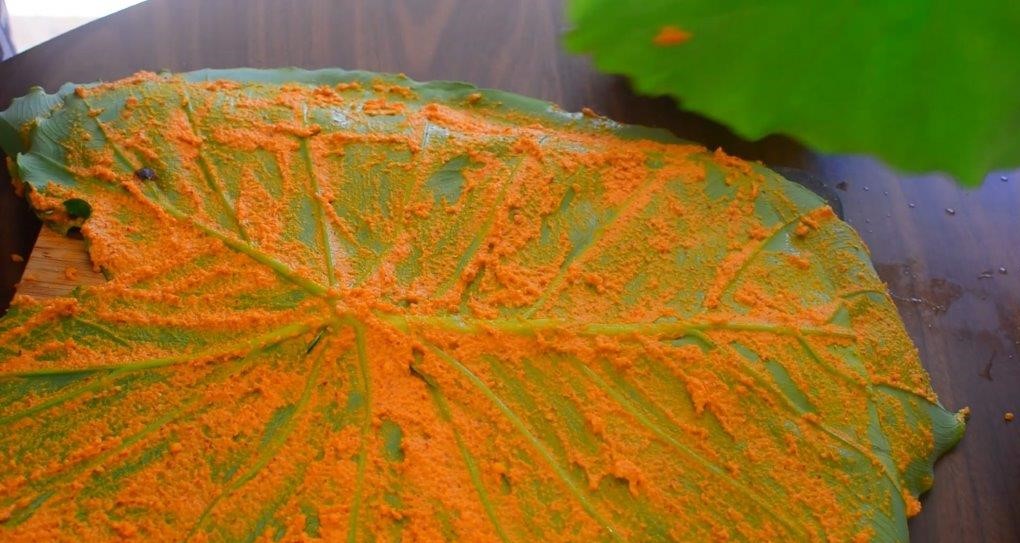
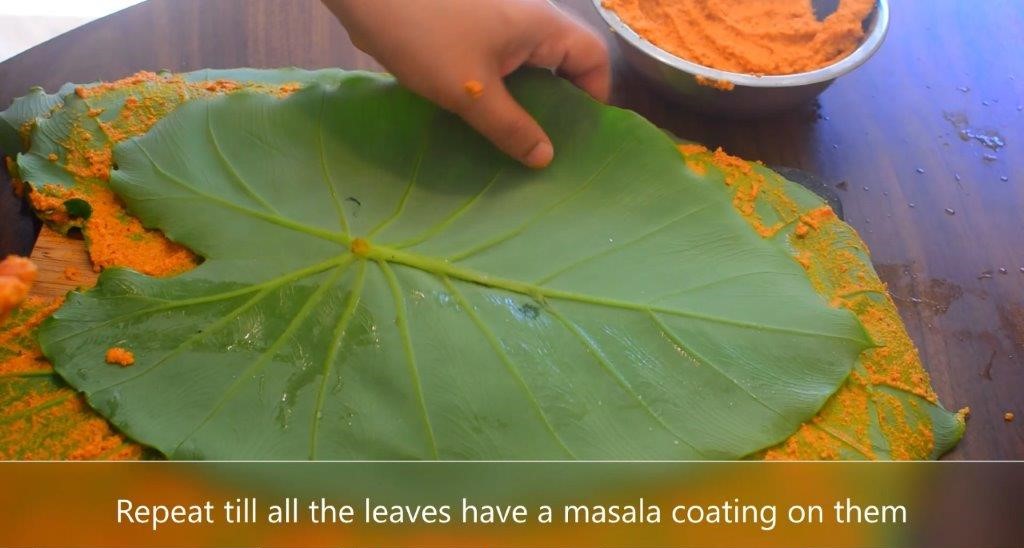
First roll from sides.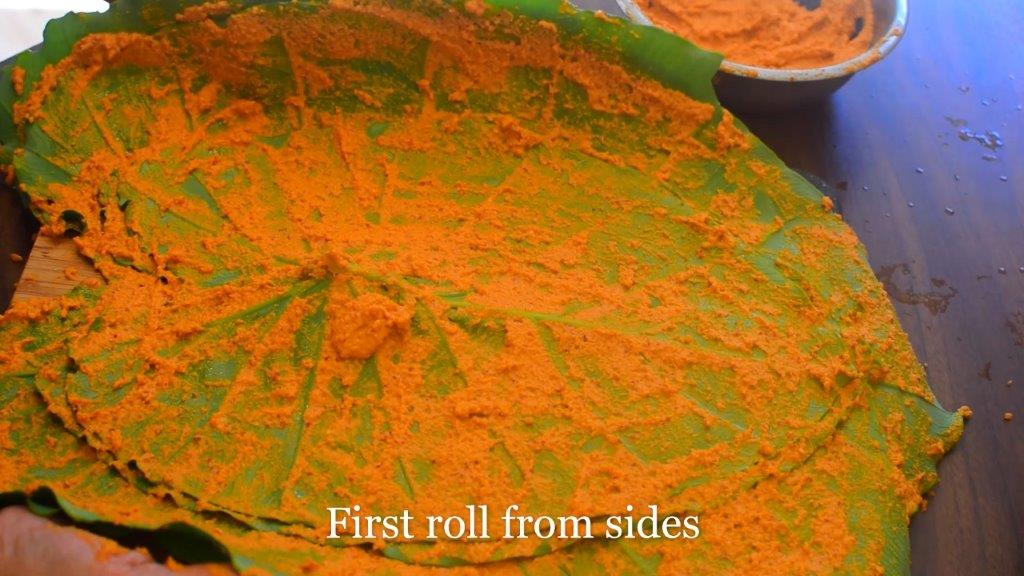
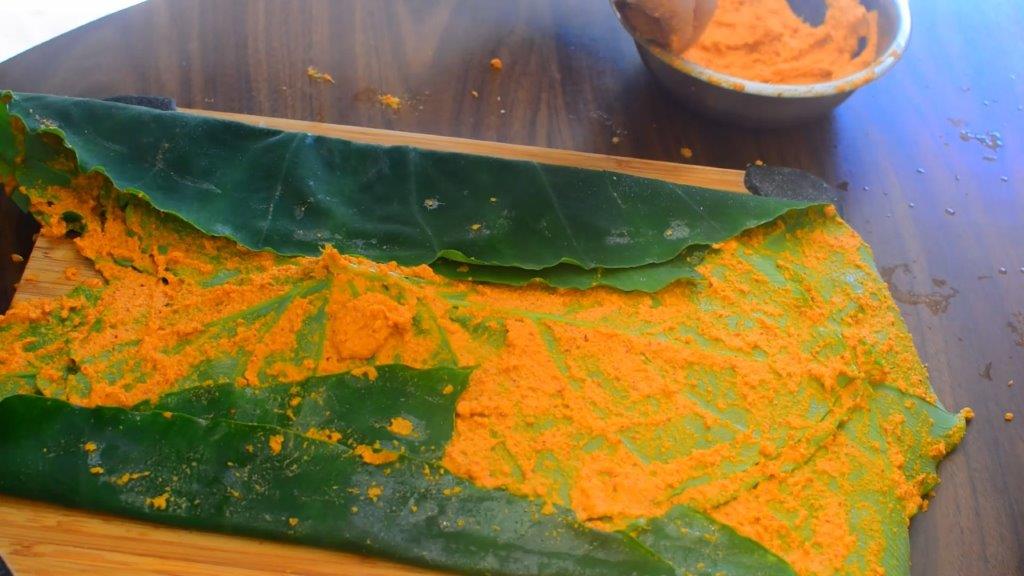
Coat with masala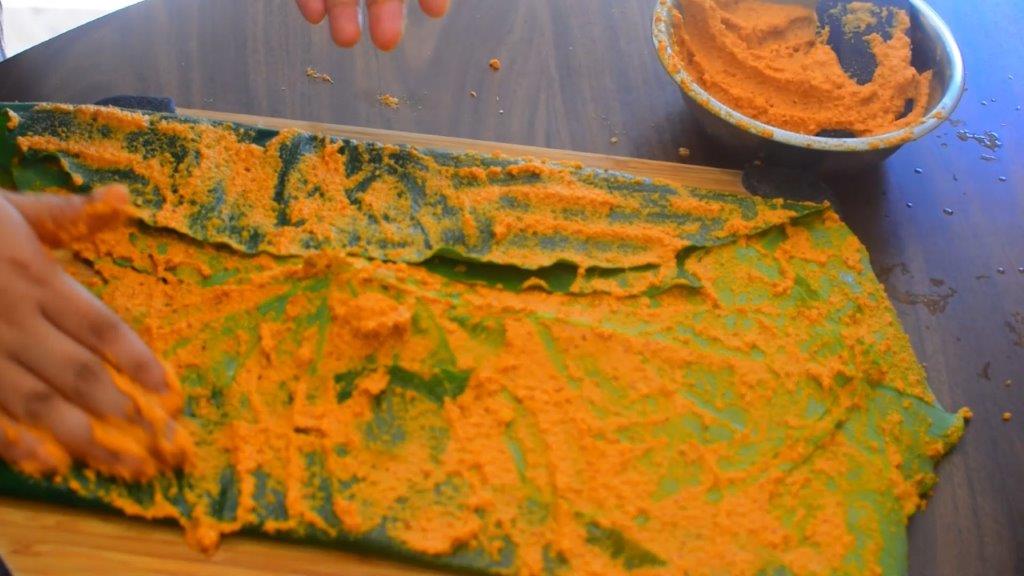
Now fold the ends and keep applying masala & make a roll of leaves as shown.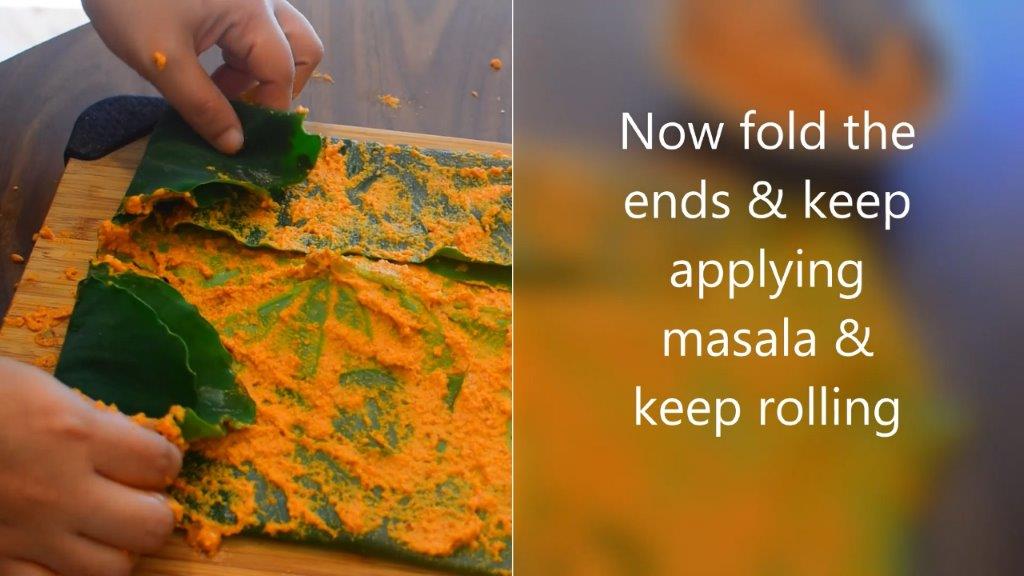
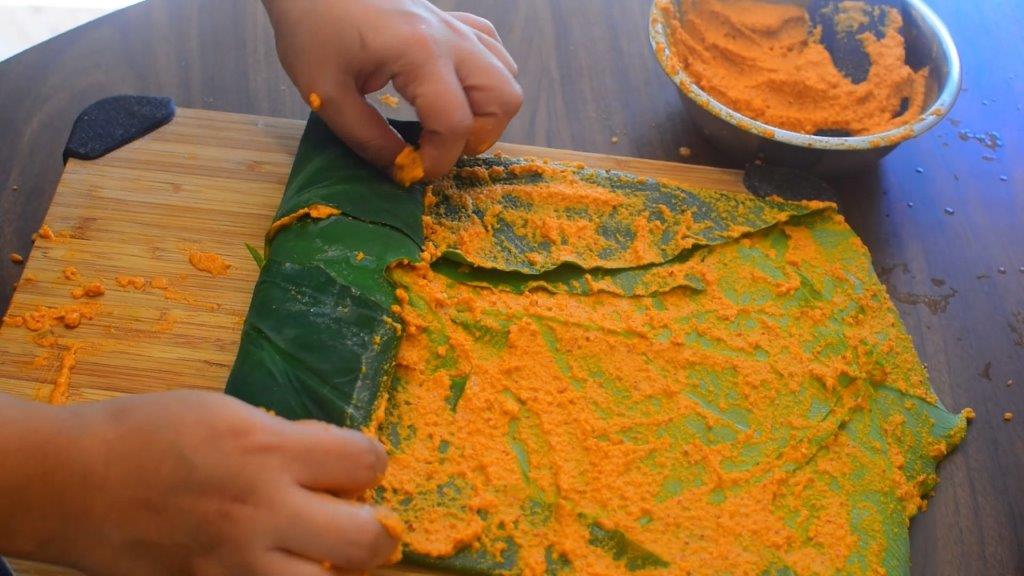
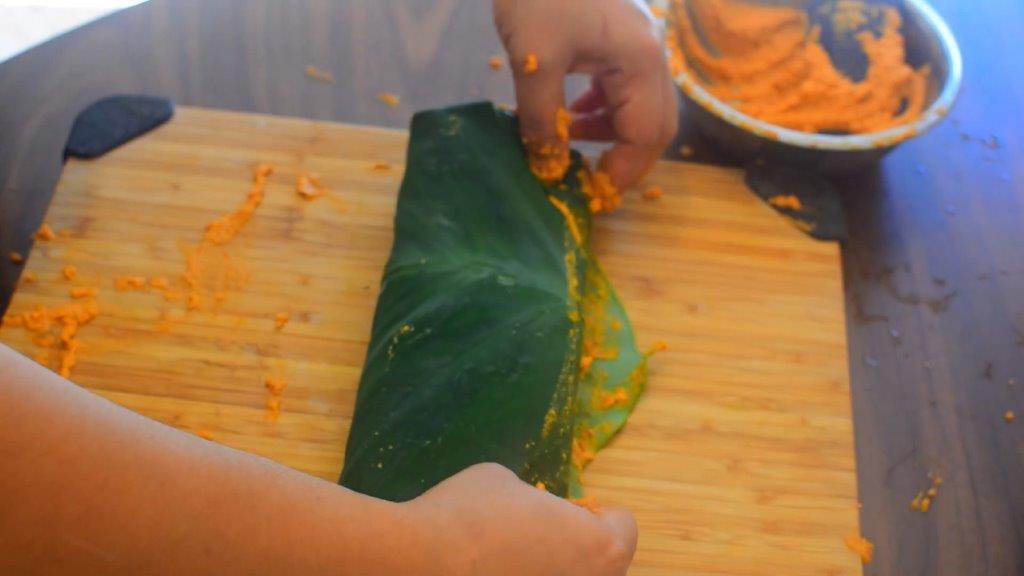
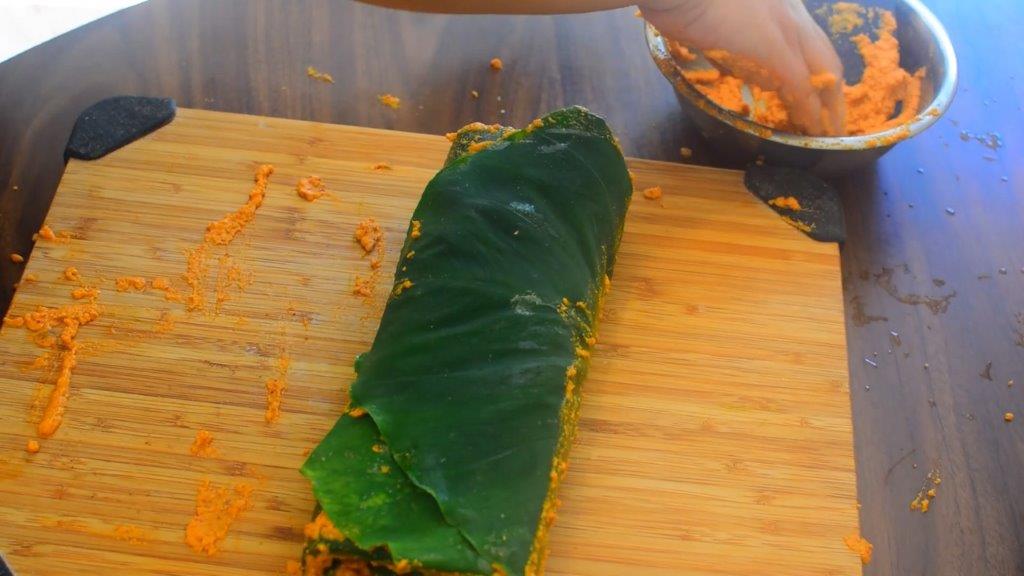
Cut into desired length.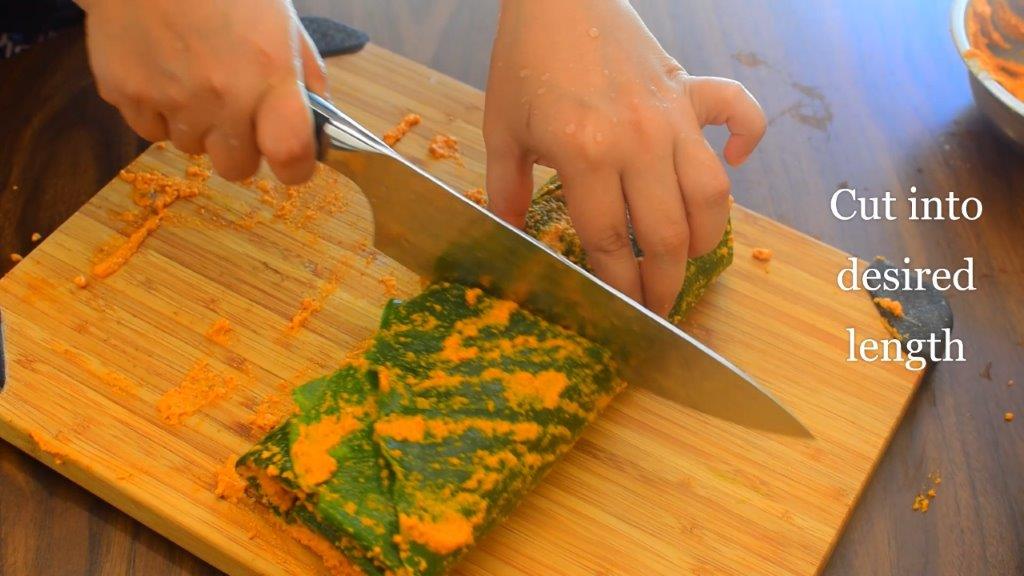
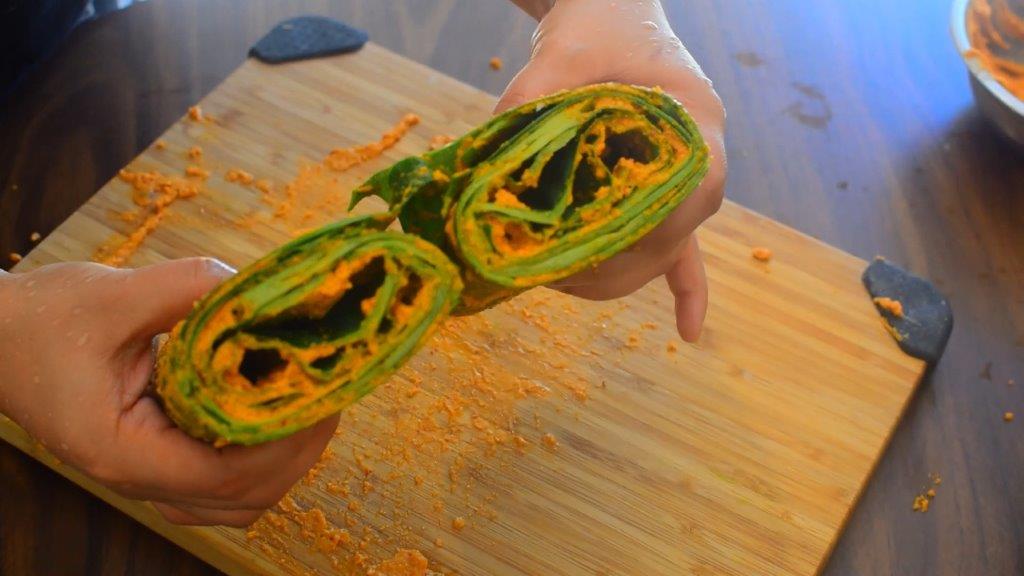
Stuff the remaining masala.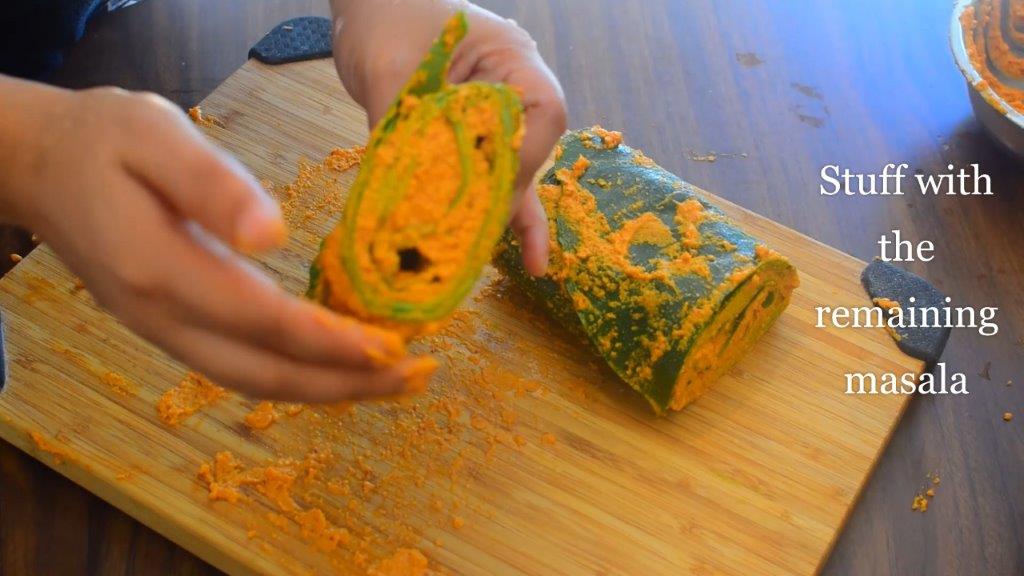
Apply some oil to the steamer and arrange the roll on it.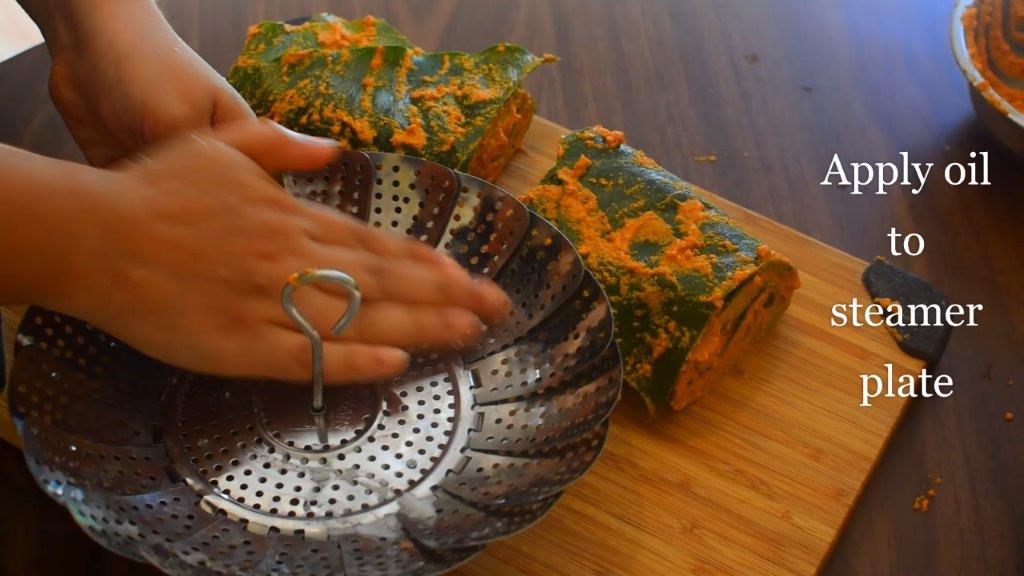
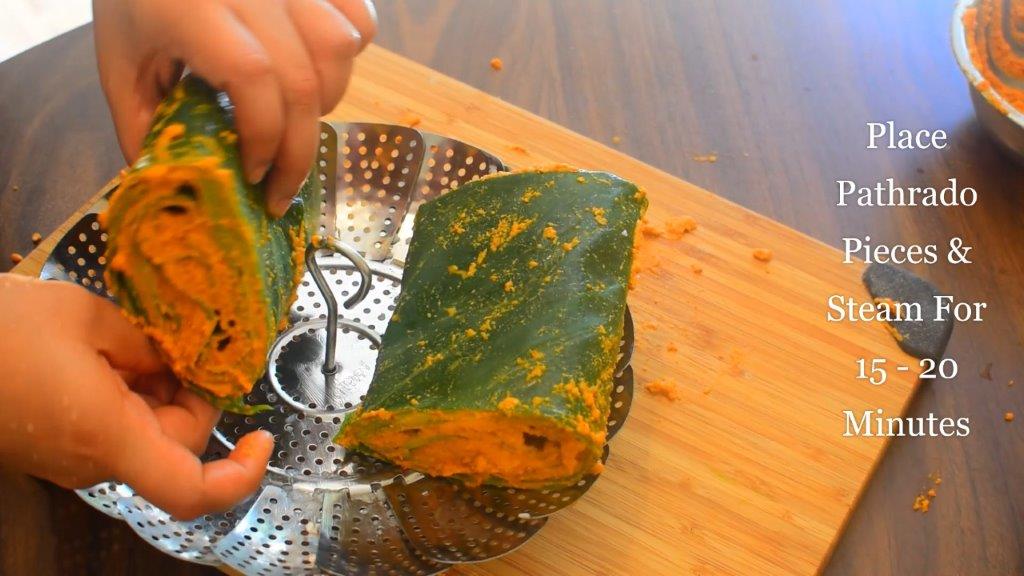
Steam the pathrado for 15 to 20 minutes. Check for doness by inserting a knife or a bamboo stick. Its done if it comes out clean 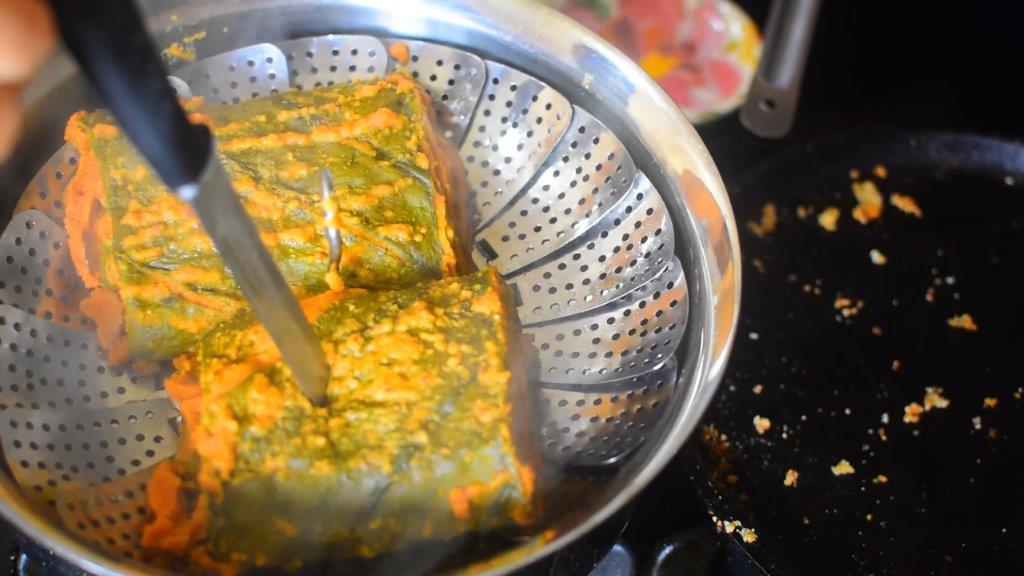
Serve hot with Rice and dalithoy with a dash of coconut oil on top of pathrode.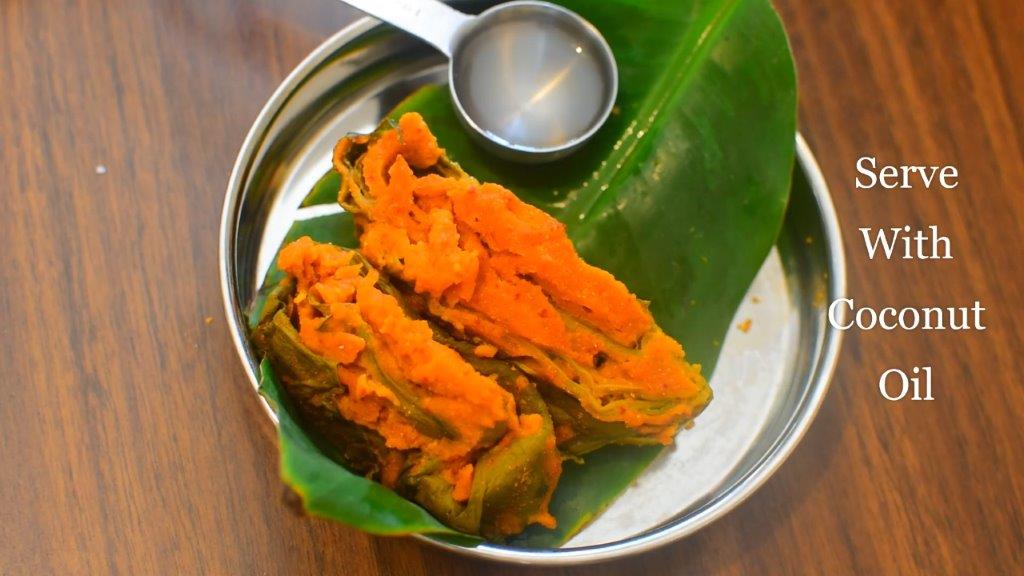
Notes
- Leftover pathrado can be shallow fried coating with Rice Rava(semolina) salt mixer.
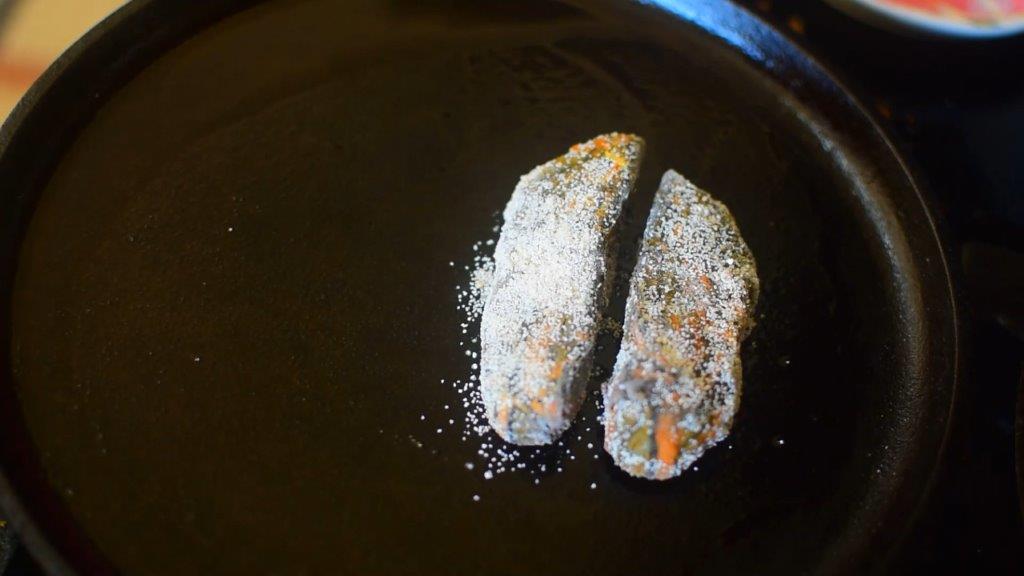
- Apply some coconut oil while shallow frying.
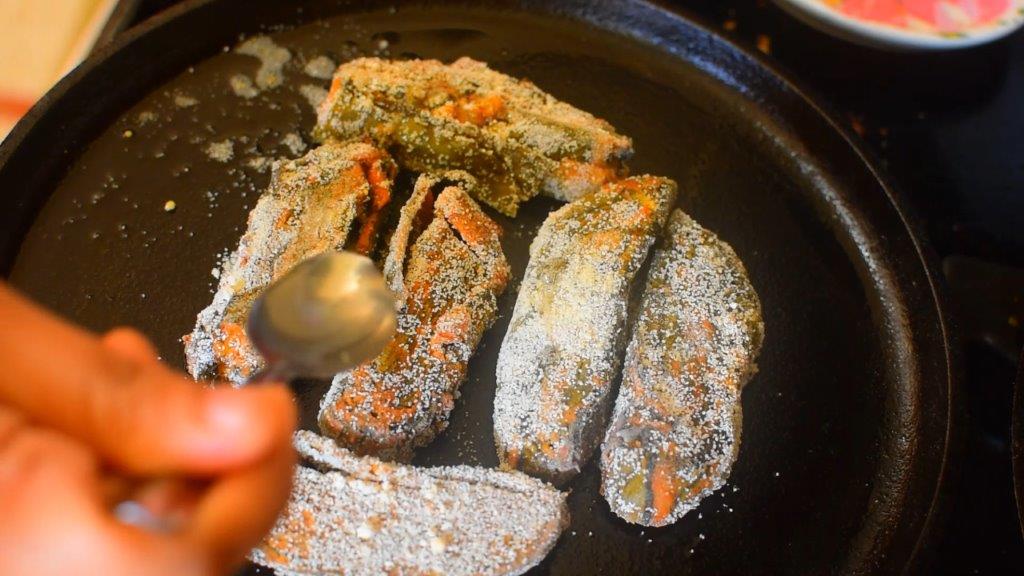
- Fry evenly from all sides.
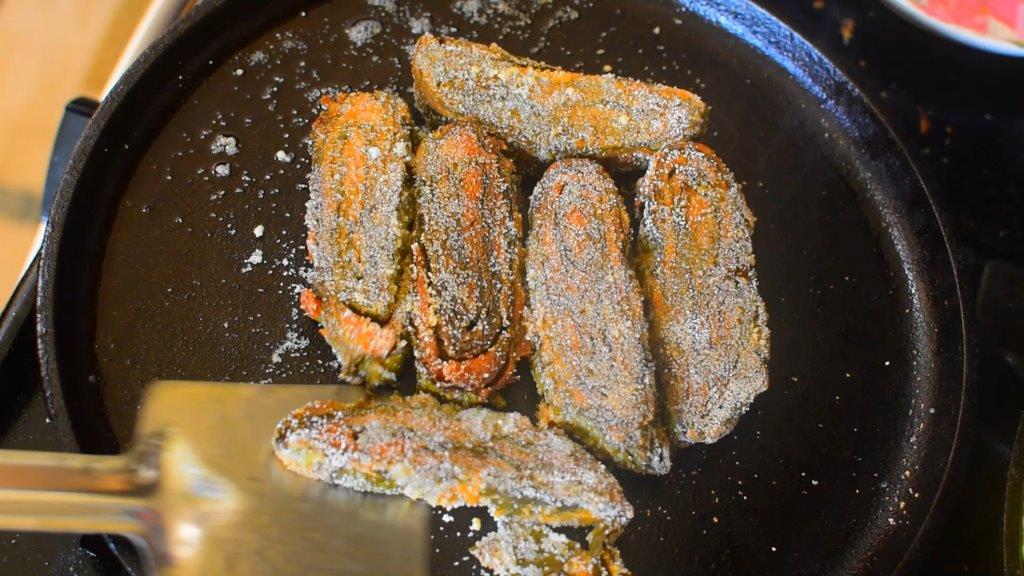
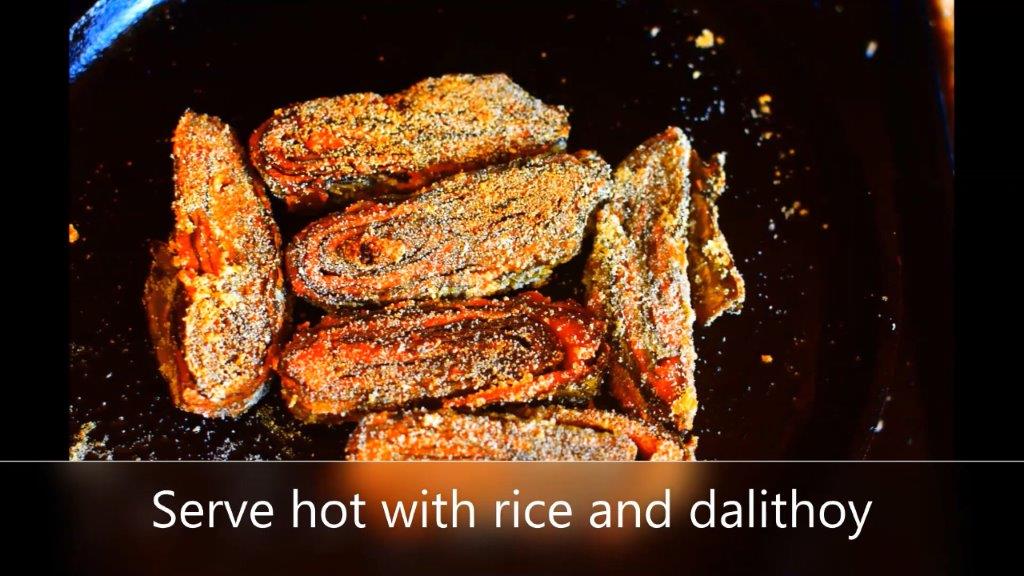
- Using tamarind can reduce itch while eating pathrode made of mature leaves or just check if you lied to anyone (❁´◡`❁)
Nutrition Information
Yield
12Serving Size
1Amount Per Serving Calories 49Total Fat 3gSaturated Fat 2gTrans Fat 0gUnsaturated Fat 0gCholesterol 0mgSodium 74mgCarbohydrates 6gFiber 1gSugar 3gProtein 1g
Nutrition Disclaimer: All information and tools presented and written within this site are intended for informational purposes only. I am not a certified nutritionist and any nutritional information on thebayindian.com should only be used as a general guideline. This information is provided as a courtesy and there is no guarantee that the information will be completely accurate. The nutritional labels are a product of online calculators such as Nutritionix. Even though I try to provide accurate nutritional information to the best of my ability, these figures should still be considered estimates. All content within this site is not intended as a medical diagnosis or treatment and should not be considered a substitute for professional medical expertise. If you think you have any type of medical condition, you should seek professional advice. Under no circumstances will thebayindian.com and its owner be responsible for any loss, adverse reactions, effects, consequences, damage, affliction or illness resulting in your reliance on the content here such as the recipes and nutritional information provided. Content should not be considered a substitute for professional medical advise, treatment or diagnosis. Should you need to be sure, please seek advice from a professional nutritionist or your doctor. This website, thebayindian.com, and its owner cannot be held responsible for any errors, omissions or inaccuracies published. This website, thebayindian.com, and its owner disclaim all liability or loss in conjunction with any content provided here. This website, thebayindian.com, and its owner disclaim any liability for products or services recommended on the site. The reader assumes full responsibility for consulting a qualified health professional regarding health conditions or concerns before using the content on this site. To obtain the most accurate representation of the nutritional information in any given recipe, you should calculate the nutritional information with the actual ingredients used in your recipe. You are ultimately responsible for all decisions pertaining to your health. By using thebayindian.com and its content, you agree to these terms.

